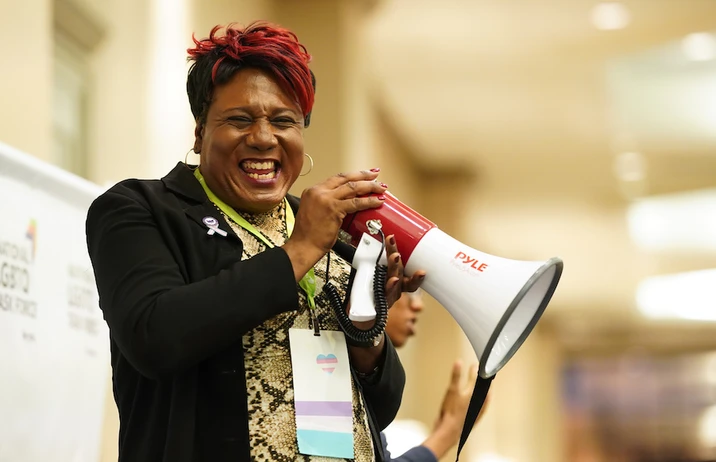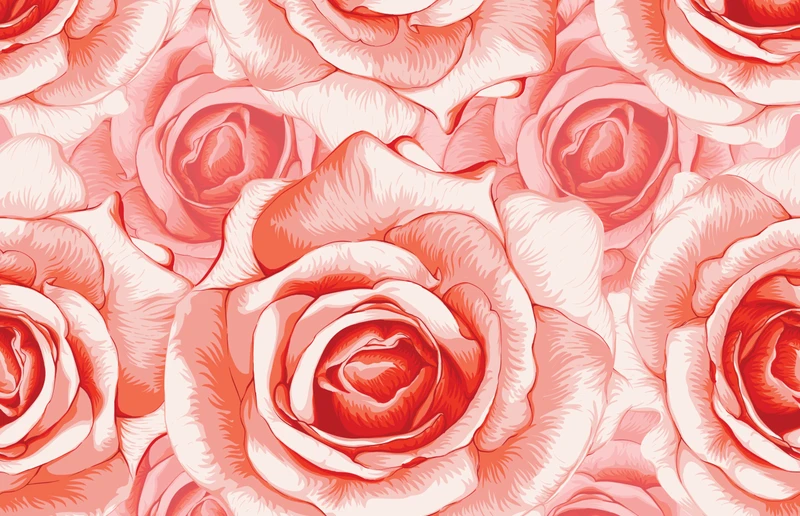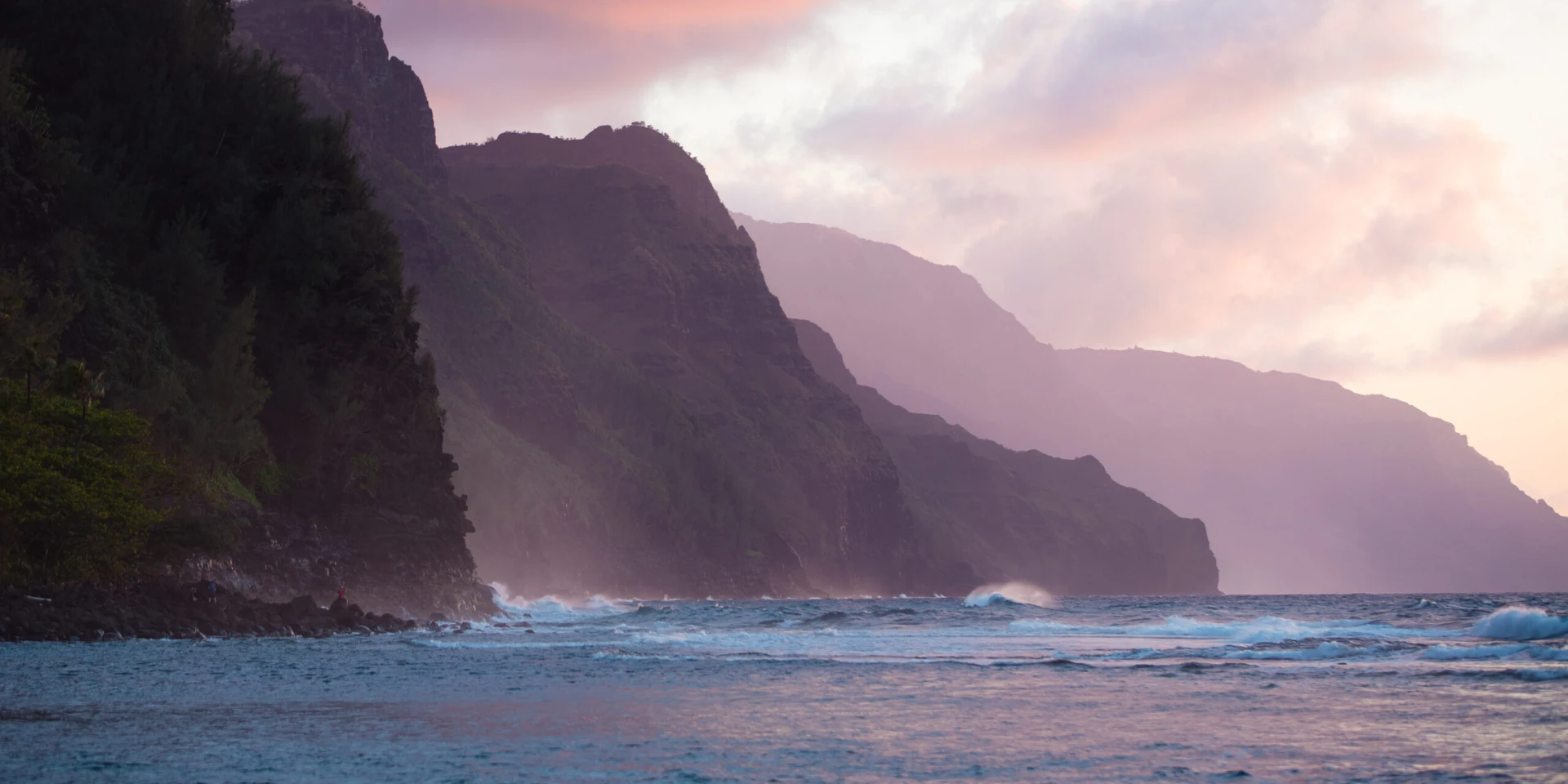September 30, 2022
Monica Roberts Essay Contest 2022 Grand Prize Winner
By: Myles K. Markham
IT’S 2003 AND I’M IN THE 6TH GRADE. I have been attending confirmation classes at a United Methodist church and my family is on our way to an event to meet other confirmation candidates and the Bishop of our region. I’m wearing a knee length pink skirt and beaded white tank top. I hate it because of how it accentuates my pubescent body and how it feels against my skin. During the program we are brought in front of the room and over the microphone the Bishop approaches and asks for my name. “Beautiful name!” he says enthusiastically, and then follows by asking for my middle name. My heart sinks and I stare blankly at the floor. My middle name comes from my Native Hawaiian lineage and I’m swallowed by memories of sharing it only to be met with anti-indIgenous jokes and a series of backhanded compliments about my appearance. My face is hot with embarrassment and reluctant to feel any more Othered than I already do. I smile anxiously, say “I’m afraid that is confidential,” and quickly pass the microphone. Awkward laughter ensues and I look to my parents for understanding, but instead find disappointment.
On the way home I’m reminded that when I was born it was with great pride and joy that my paternal family gifted me with the Hawaiian middle name Maile, meaning vine to serve as a symbol for stability and groundedness. But having grown up thousands of miles away from the islands as an androgynous and ethnically mixed child, Maile symbolizes little more than my instability and uprootedness– my suspension between cultures and genders that are all me and not at all me simultaneously. I loathed feeling different and assimilation seemed the only way forward.
I’M IN THE 11TH GRADE NOW. I’ve spent every day of the last five years committed to Bible study, prayer, church attendance, and wishing myself away. A year ago, I experienced love for the first time, clandestine as it may have been. My adolescence had been filled with mere daydreams of a boyhood that sometimes did and sometimes didn’t include girl crushes, but what I experienced at age 16 was different. It was real, it was mutual, and it didn’t involve a fictionalized masculine identity I dreamed up. I was fully known, desired, and loved by another person as me and it called me into embodiment like I’d never known. I didn’t have to think about my gender or race when we were together, I could just be between. Sadly, neither her small, West-Central Alabama town nor my Bible-belted North Florida suburb afforded us the ability to see our relationship as anything other than sin. We ended it and signed myself up for conversion therapy.
BY 2012 I’M A JUNIOR AT AN EVANGELICAL UNIVERSITY IN SOUTH CAROLINA. I’ve been attending a 12-step program at my church that alleges “to help people achieve freedom and healing from issues that seem unbeatable in their lives”, and I share this experience publicly. I am hopeless and I begin to get sick. I lose weight, skin pigmentation, my creativity, and ambition. I develop night terrors, a heart murmur, insomnia, mouth ulcers, and eczema. I see a women’s counselor, and I fill my mind with church history and systematic theology. I believe a narrative that I’m totally depraved and God has allowed me to suffer because I deserve it. I am more clinically depressed and anxious than my body can bear. I don’t want to die, but I know I can’t survive like this.
THROUGH SOMETHING LIKE HAPPENSTANCE AND THE MIRACULOUS, I MAKE IT TO 2017. I’m four years out of LGBTQ exclusionary institutions and my healing journey is in full swing. I work for a social justice organization, my family has become supportive, I pay my own bills, and I have a great therapist. However, when I am alone and I let myself think of my gender, I become lost and feel a drowning sensation. I’m happy but I’m not cohesive and I know deep down that the reason I can’t comprehend myself narratively is because I still haven’t lived one day authentically. I am there in my head, but not in my body, and so that is where I know I must go.
In ancient Hawaiian culture, gender diversity was considered a natural part of life. Māhū (“between” or “middle”) and other gender fluid identities were respected and valued. People who embodied various dualities were keepers of culture, genealogies, stories, and language. Colonialism, missionary contact, and military occupation changed this, and before long the word became a slur. But when māhū finds me at 27, used as a pejorative or not, I know that everything will change for me again. I choose to transition not to recreate myself but as an act of re-indigenizing and reconnecting with the culture and ancestral lands of my family. Coming out for me is an act of ho’omana’o (re-membering), putting back together histories and ways of knowing that although invisibilized, had never been erased.
IT’S JULY OF 2022. I’m on O’ahu visiting friends, family, and the graves of ancestors long passed on. I’m walking through an exhibit at The Bernice Pauahi Bishop Museum that two years ago I submitted images of myself to a project called Portraits of Gender Diversity in the Pacific. My photo scrolls across a screen in front of me and I take in my face, my bare chest, the sun against me, and the ocean behind me. I fixate on my surgical keloid scars and their asymmetry. I want to be a transmasculine person who is proud of their body and how they’ve loved it into congruence with their gender identity, but I’m not there yet. I’m honored to be included in this collection and I’m overcome by dysphoria. But my dysphoria is a patient teacher and I’m reminded of all the stories of the ‘aumakua (ancestral spirits) who co-created this land through love and war, stories of my ohana (family) who survived state sanctioned countless forms of violence and oppression, stories of my childhood, adolescence, young adulthood, and all it has taken to bring me back here. I leave the museum and in observance of Lā Hoʻihoʻi Ea (Sovereignty Restoration Day), I head downtown to watch the Hawaiian flag rise without the U.S. flag’s domineering presence. I feel vibrations from the drums and chant reverberate off my throat. The wind is blowing and the scent of plumeria, maile, and tea leaves fill my nostrils. I press my hand to my scars, close my eyes, and I say my chosen name: Myles Kaleikini. I know in my bones that my namesake has been actualized: I am stable, grounded, and I am home – not just in Hawai’i but in my body.
The day before I return to Los Angeles, we drive out to Waimānalo Beach and I run into the ocean and dive under the pulsing waves one last time.
As I taste the salt and float suspended between the sandy bottom and white capped surface, I feel weightless and present. I am free. I am between.
I look up and over the Ko’olau Range, the fragmented remnant of a shield volcano, and I am washed with gratitude for everywhere my body has been and everything it’s endured. I am proud because my body has finally come home, to Hawai’i and to itself.
Continue Reading
Monica Roberts Essay Contest Winners 2022
September 30, 2022
Live In This Self Before The Uncertain Next Self
September 30, 2022
